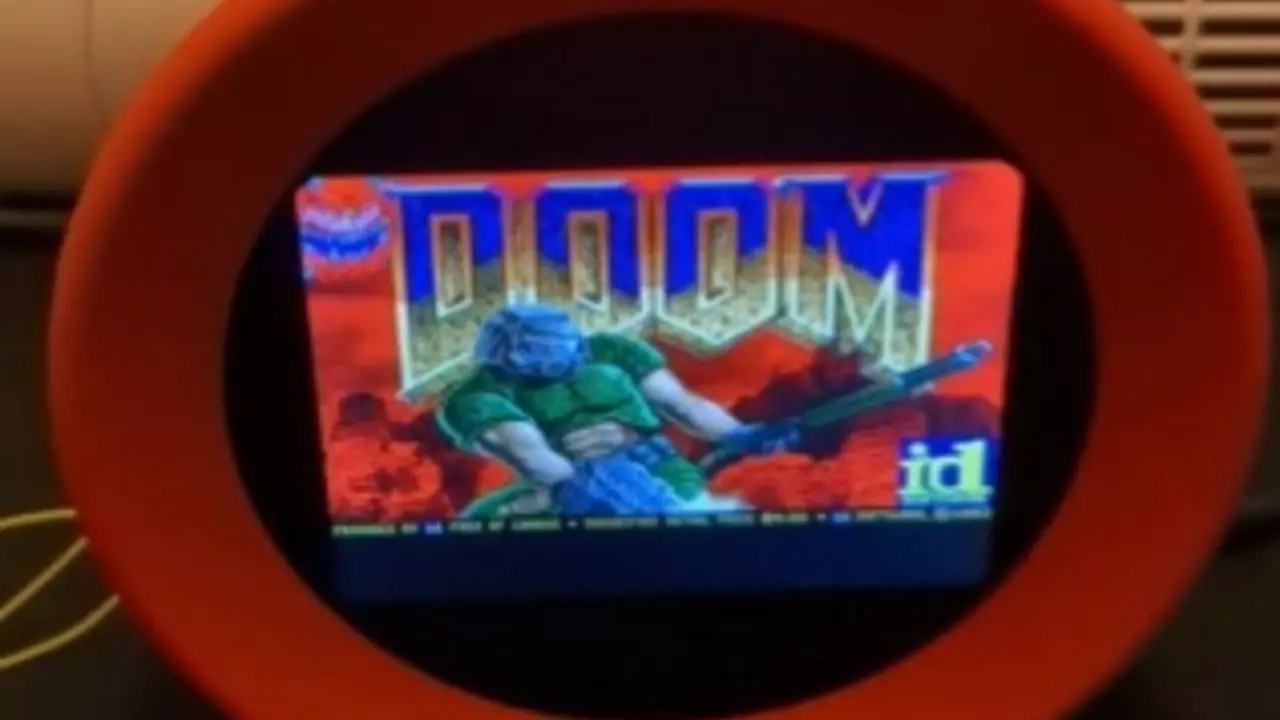Nintendo has long been synonymous with innovation, but its latest foray into technology—a sound clock dubbed “Alarmo”—has ignited a surprising wave of enthusiasm among both gamers and tech enthusiasts alike. Amidst the recent excitement surrounding a new music app designed for smartphones, Alarmo has managed to carve out its niche within the gaming community. The unexpected pairing of gaming with a basic timekeeping device hints at Nintendo’s willingness to blur the lines between different forms of entertainment, and the implications of this integration could be far-reaching.
Reverse Engineering and the Rise of Customization
At the heart of Alarmo’s intrigue lies the work of a clever individual known as ‘GaryOderNichts,’ famed for his skills in reverse engineering previous Nintendo devices. His pioneering efforts culminated in the introduction of custom code functionality for Alarmo, igniting interest among hobbyists and tech-savvy players alike. The gaming community quickly responded to the newfound capability by fervently clamoring for the iconic first-person shooter, Doom. This immediate association of a clock with a classic game has not only capitalized on nostalgia but also emphasized the trending practice of customizing devices that were never intended to host video games.
The sheer novelty of playing Doom on a clock adds an unprecedented layer of amusement to Alarmo. Equipped with the ability to manipulate the clock’s buttons and knobs, users can literally “blast demons back to Hell,” illustrating a blend of functionality and entertainment that is unlikely to be replicated by other companies in the near future. However, this inventive endeavor comes with limitations. As noted by Gary, currently, there is no audio support for this impressive implementation. The technical constraints posed by memory size limitations on the USB loader ultimately mean that users must navigate some shortfalls to enjoy the gaming experience fully.
One of the most remarkable facets of Alarmo’s journey is the extensive community involvement surrounding its development. The fact that Gary has made the source code public, along with detailed instructions for potential tinkerers, reveals a commitment to fostering an open and creative environment. This not only expands the capabilities of Alarmo but also encourages a culture of collaboration among fans and developers. Such an approach could inform future endeavors from Nintendo, revolving around community engagement and technology.
As we look forward to what Nintendo might unleash next for its innovative sound clock, the question arises: what enhancements would users like to see? Many possibilities exist, from improved audio capabilities to more games that could be integrated into the platform. This could signify a shift in consumer expectations, prompting tech companies to consider adaptable devices that resonate with the gaming community while continuing to serve their primary function.
The phenomenon surrounding Alarmo underscores that innovations can take unexpected forms, creating opportunities for play in everyday objects. Nintendo’s blend of timekeeping and gaming may just be the beginning of a new wave of interactive devices that challenge traditional definitions of entertainment.


Leave a Reply